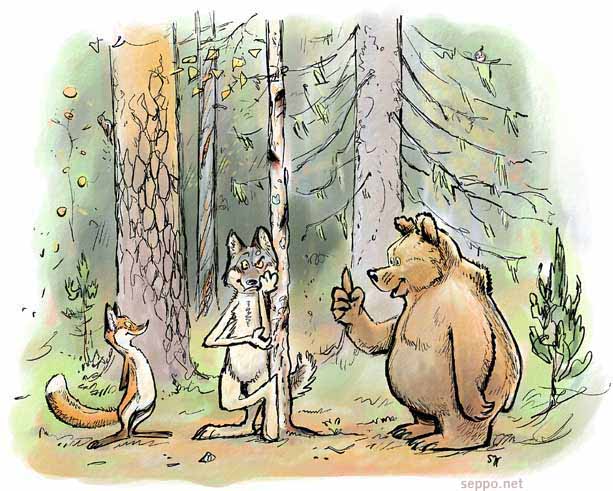.
Wikipedia helps...
The Br'er Rabbit stories can be traced back to trickster figures in Africa, particularly the hare that figures prominently in the storytelling traditions in Western Africa, Central Africa, and Southern Africa. These tales continue to be part of the traditional folklore of numerous peoples throughout those regions. In the Akan traditions of West Africa, the trickster is usually the spider (see Anansi), though the plots of tales of the spider are often identical with those of stories of Br'er Rabbit.[1]
Some scholars have suggested that in the American incarnation, Br'er Rabbit represented the enslaved Africans who used their wits to overcome adversity and to exact revenge on their adversaries, the White slave-owners.[2] Though not always successful, the efforts of Br'er Rabbit made him a folk hero. However, the trickster is a multidimensional character. While he can be a hero, his amoral nature and his lack of any positive restraint can make him into a villain as well.[citation needed]
Br'er Rabbit in Disney's Song of the South (1946). Disney's version of the character is drawn in a more humorous and lovable style than the illustrations of Br'er Rabbit in Harris's books.[3] For both Africans and African Americans, the animal trickster represents an extreme form of behavior which people may be forced to use in extreme circumstances in order to survive. The trickster is not to be admired in every situation. He is an example of what to do, but also an example of what not to do. The trickster's behavior can be summed up in the common African proverb: "It's trouble that makes the monkey chew on hot peppers." In other words, sometimes people must use extreme measures in extreme circumstances.[4]
Indian origin? look wiki
.
















































